Reading
Day 1: Matthew 9:27-34, Mark 6:1-6, Matthew 13:53-58, Matthew 9:35-38, Mark 6:7-13, Matthew 10:1-42, Luke 9:1-6
Day 2: Luke 9:7-9, Mark 6:14-29, Matthew 14:1-21, Mark 6:30-44, Luke 9:10-17, John 6:1-15, Mark 6:45-52, Matthew 14:22-33, John 6:16-21, Mark 6:53-56, Matthew 14:34-36
Day 3: John 6:22-71, Mark 7:1-23, Matthew 15:1-20
Day 4: Mark 7:24-30, Matthew 15:21-28, Mark 7:31-37, Matthew 15:29-31, Mark 8:1-10, Matthew 15:32-16:4, Mark 8:11-21, Matthew 16:5-12
Day 5: Mark 8:22-30, Matthew 16:13-20, Luke 9:18-20, Mark 8:31-9:1, Matthew 16:21-28, Luke 9:21-27, Mark 9:2-13, Matthew 17:1-13, Luke 9:28-36
Day 6: Mark 9:14-29, Matthew 17:14-21, LUKE 9:37-43, MARK 9:30-32, Matthew 17:22-23, Luke 9:43-45, Matthew 17:24-27, Mark 9:33-37, Matthew 18:1-6, Luke 9:46-48, Mark 9:38-41, Luke 9:49-50, Mark 9:42-50, Matthew 18:7-35
Day 7: John 7:1-9, Luke 9:51-56, Matthew 8:18-22, Luke 9:57-62, John 7:10-8:20
Preview
Hard Questions
- (John 6:44) “No one can come to Me unless the Father who sent Me draws him; and I will raise him up at the last day.” The difficulty of insisting on effectual calling and irresistible grace.
- (Mk. 7:24-30; Mt. 15:21-28) How Jesus talks to the Syro-Phoenician woman, and how He responds to her. John D. Grassmick’s commentary on Mark in the Bible Knowledge Commentary says that Jesus had gone to Tyre in order to escape His fame and teach His disciples in privacy, and this is why He initially refuses her request: “The children represented His disciples; the children’s bread represented the benefits of His ministry to them; and the dogs (lit., ‘little dogs,’ house pets, not outdoor scavengers) represented the Gentiles (not in a derogatory sense here). Jesus was telling the woman that His first priority in being there was to instruct His disciples. It is not appropriate to interrupt a family meal to give the dogs food from the table” (135). He’s not rude to her, nor she to Him (this is one of the difficulties in reading a text: you don’t get to benefit from all of the nonverbal communication. He could be smiling, she could be sassy, and we really would never know. Best to assume respect on both sides, especially in light of Jesus’ generally kind and respectful treatment of women.)
- (Mk. 7:33-34) “And He took him aside from the multitude, and put His fingers in his ears, and He spat and touched his tongue. Then, looking up to heaven, He sighed, and said to him, ‘Ephphatha,’ that is, ‘Be opened.’”Jesus communicates to the deaf man with signs as He heals him.
- (Mk. 8:22-26) Why does this miracle have two parts to it? According to Grassmick, this is “the only recorded two-stage miracle which Jesus performed. Sight was a widely used metaphor for understanding. This miracle depicts the correct but incomplete understanding of the disciples” (138). That’s why Jesus leads the man away from the village, where only His disciples will see the miracle performed. They are His intended audience, and He intentionally heals the man in stages. It’s to show His disciples how He’s giving them understanding of what He’s doing in the world, and it’s a response to their confusion in 8:14-16.
- (Mt. 16:13-20) What’s the rock on which the church is built?
- (Mk. 9:1) Who are the people who are still alive when they see the kingdom of God present with power? Grassmick says, “Several interpretations have been suggested for the meaning of the kingdom of God come with power: (a) Jesus’ transfiguration, (b) Jesus’ resurrection and Ascension, © the coming of the Holy Spirit at Pentecost (Acts 2:1-4) and the spread of Christianity by the early church, (d) the destruction of Jerusalem by Rome in A.D. 70, and (e) the second coming of Christ. The first of these is the most reasonable view in this context. The specific time reference in the following account of Jesus’ transfiguration (Mark 9:2a) indicates that Mark understood a definite connection between Jesus’ prediction (v. 1) and this event. Jesus’ transfiguration was a striking preview and guarantee of His future coming in glory (cf. 2 Peter 1:16-19)” (142).
- (Mk. 9:14-29) An observation about how Jesus deals with the dad and then with the evil spirit in his son.
Review
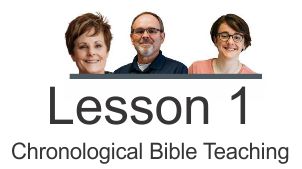
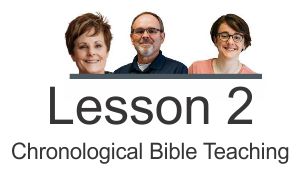
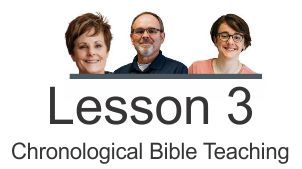
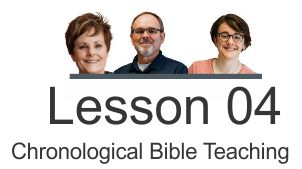
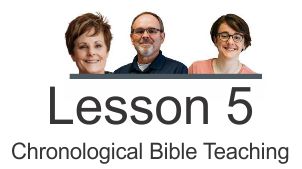
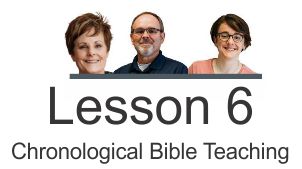
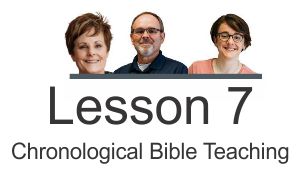
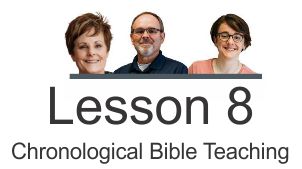
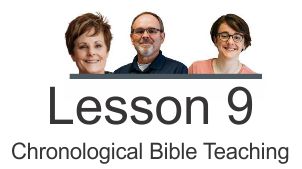

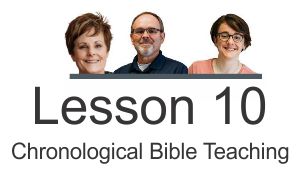
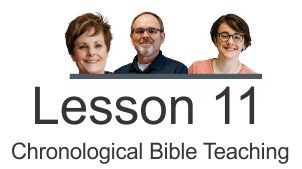
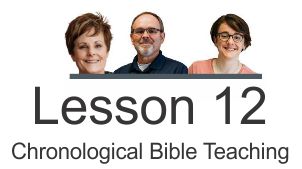
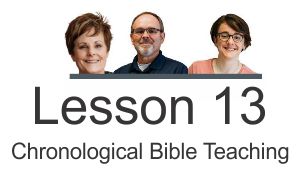

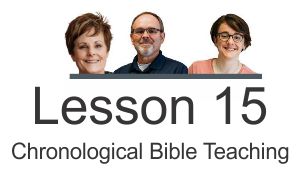

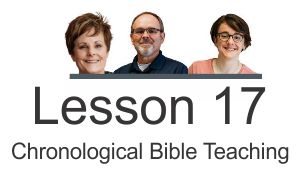
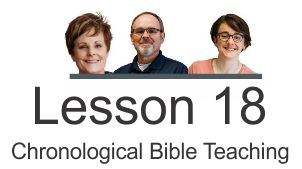
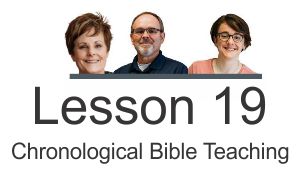

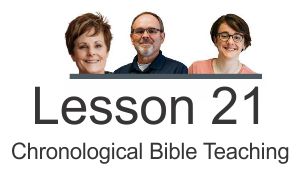

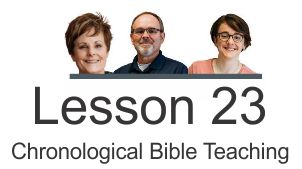
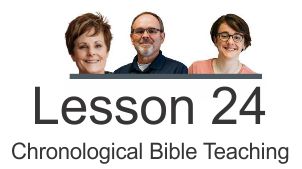
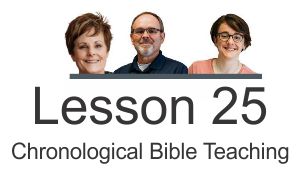




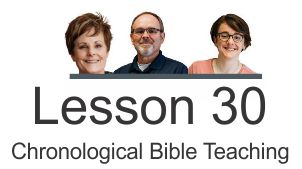
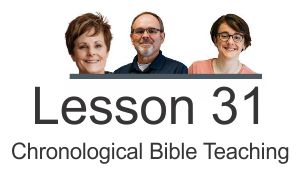
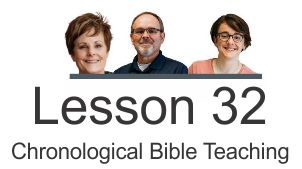
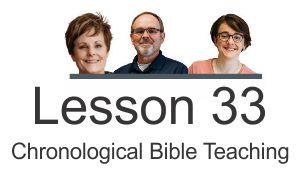
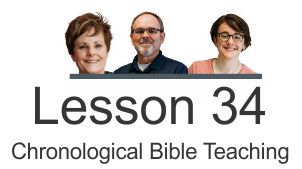
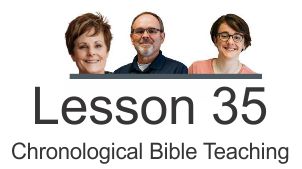

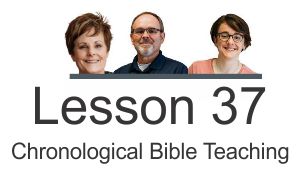


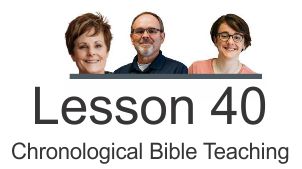
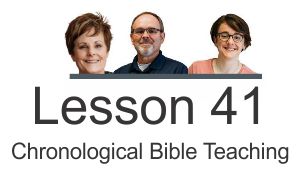
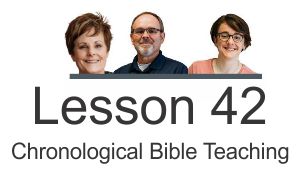
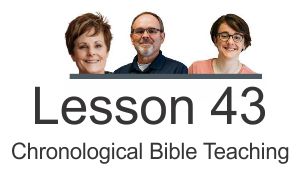
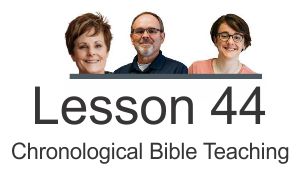
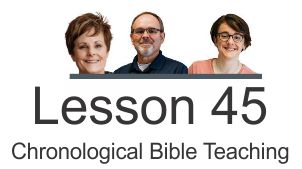
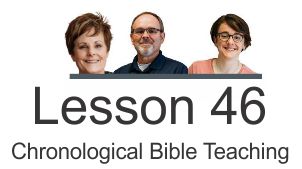
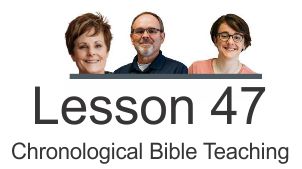
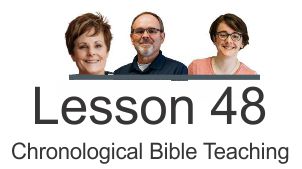




Page Discussion
Membership is required to comment. Membership is free of charge and available to everyone over the age of 16. Just click SignUp, or make a comment below. You will need a user name and a password. The system will automatically send a code to your email address. It should arrive in a few minutes. Enter the code, and you are finished.
Members who post adverts or use inappropriate language or make disrespectful comments will have their membership removed and be barred from the site. By becoming a member you agree to our Terms of Use and our Privacy, Cookies & Ad Policies. Remember that we will never, under any circumstances, sell or give your email address or private information to anyone unless required by law. Please keep your comments on topic. Thanks!